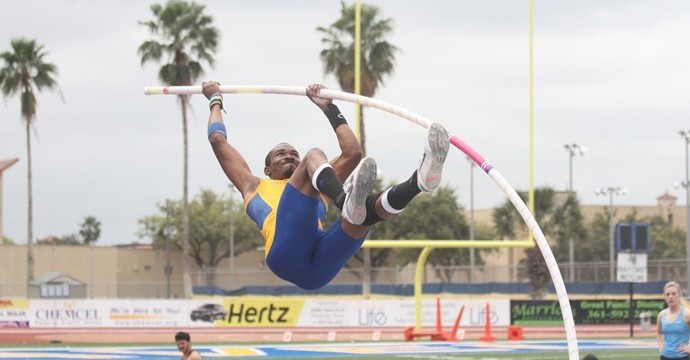Topic Content:
- Brief History of Pole Vault

Pole vault is one of the field events in athletics that requires a high degree of coordination, speed, timing and gymnastic ability.
Competitors or athletes must attempt to clear the crossbar, which is supported by two rigid uprights, without knocking it with the aid of an extremely long flexible pole.
You are viewing an excerpt of this Topic. Subscribe Now to get Full Access to ALL this Subject's Topics and Quizzes for this Term!
Click on the button "Subscribe Now" below for Full Access!
Subscribe Now
Note: If you have Already Subscribed and you are seeing this message, it means you are logged out. Please Log In using the Login Button Below to Carry on Studying!



Responses